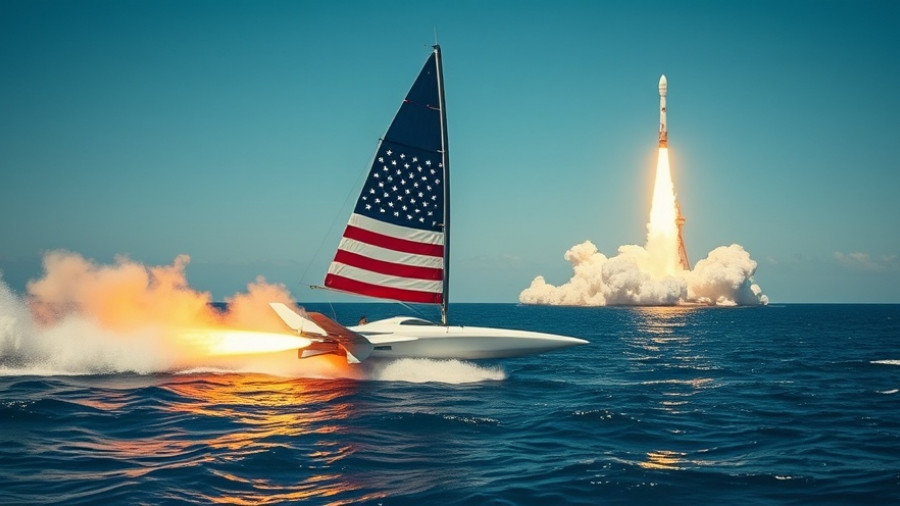
The Coast Guard's Commitment to Modernization
As the lifeblood of our nation's economy, the waterways that crisscross the United States support over $5.4 trillion in economic activity each year. Recognizing the critical role of maintaining these navigable channels, the U.S. Coast Guard is taking significant strides forward in enhancing its capabilities with the recent order for additional Waterways Commerce Cutters (WCCs). The good news is that this initiative not only boosts maritime safety but also ensures the continued flow of commerce vital for countless jobs across the country.
What's Behind the Investment?
The Coast Guard's $110 million investment is a clear indication of its commitment to ensuring the safety and efficiency of marine transportation systems. This substantial funding covers the production of the first river buoy tender and the long lead time materials for the second inland construction tender, as reported during a recent announcement. With an aging fleet averaging nearly 60 years, these new vessels are expected to greatly enhance operational effectiveness, helping the Coast Guard respond more adeptly to the demands of modern commercial navigation.
Building for the Future
The WCCs will replace the current fleet of inland tenders, some of which are still operational after 81 years. These new cutters, being built at Birdon America’s shipyard in Bayou La Batre, Alabama, represent a leap forward in technology and capability. They will perform critical tasks, such as constructing and maintaining fixed aids to navigation essential for safe shipping routes, particularly along the Eastern Seaboard and Gulf Coast.
The Local Impact of Maritime Investments
The economic impact of the new WCCs extends beyond improved marine operations. Initiatives like Birdon America’s apprenticeship program, which focuses on developing skills in shipfitting and potentially other maritime trades, illustrate the trickle-down benefits of such projects for local communities. As new jobs are created, local economies could see an uptick, perhaps changing the landscape of maritime employment in the regions involved.
Alignment with National Security Goals
According to Rear Adm. Mike Campbell, the Director of Systems Integration and Chief Acquisition Officer of the Coast Guard, investing in WCCs aligns directly with national security interests outlined in Secretary of Homeland Security Kristi Noem’s "Force Design 2028" initiative. As the demands of the maritime environment evolve, the necessity for a more agile and responsive Coast Guard becomes paramount in safeguarding U.S. ports and coastal waterways. Strategizing for the future positions the Coast Guard as a key player in both economic security and national defense.
Conclusion: Why This Matters
So, what does this mean for you? Understanding the significance of the Coast Guard's investments in WCCs reveals not just a commitment to improved safety in our waterways but highlights how technology and manpower are brought together for a brighter, more secure economic future. As we continue to advocate for sustainable practices in our Marine sectors, it’s vital to recognize and support such efforts that directly affect job growth and community wellness.
 Add Row
Add Row  Add
Add 




Write A Comment